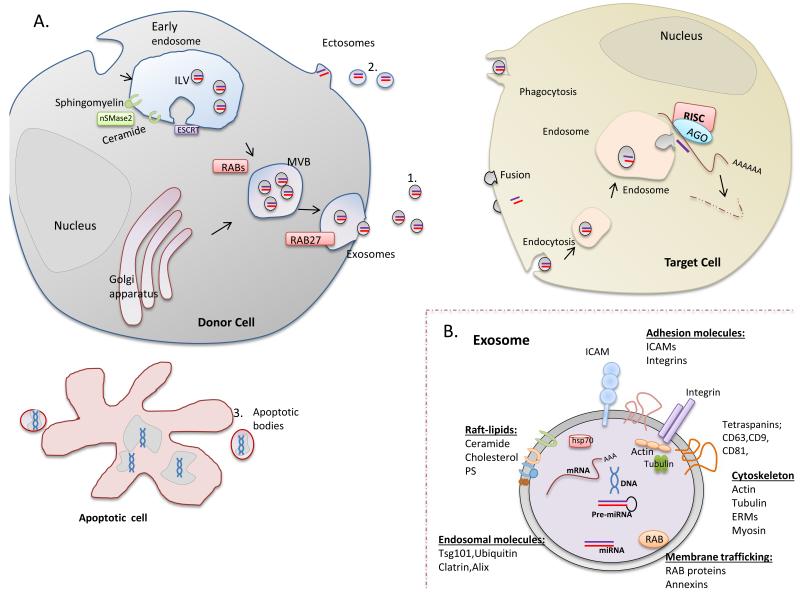Figure 1. Long distance transfer of genetic material in extracellular vesicles (EVs).
A. EVs originate through at least three mechanisms. 1) Fusion of multivesicular bodies (MVBs) with the plasma membrane and release of their intraluminal vesicles (ILVs) as exosomes. Neutral sphingomyelinase 2 (nSMase2) is essential for formation of ILVs in the early endosome. Some proteins are channelled by the ESCRT machinery to the MVB route. Rab proteins such as RAB11, RAB27 and RAB35, known to participate in vesicle trafficking between intracellular compartments, have been shown to play a role in exosome secretion. 2) Blebbing of the cellular plasma membrane (ectosomes). 3) Breakdown of dying cells into apoptotic bodies. EVs, which are secreted into the extracellular environment, contain functional mRNA, microRNA and DNA molecules that can be taken up by recipient cells through mechanisms including fusion with the plasma membrane, phagocytosis, or endocytosis. B. All exosomes contain proteins involved in membrane transport and fusion (Rab proteins, Annexins). Cytoskeletal proteins, adhesion molecules and tetraspanins are also abundant. Exosome membranes are enriched in RAFT-lipids (cholesterol, ceramide, sphingolipids). ERM, ezrin–radixin– moesin; HSP, heat shock protein; ICAM, intercellular cell adhesion molecule. Exosomes also contain RNA, mainly microRNA.

